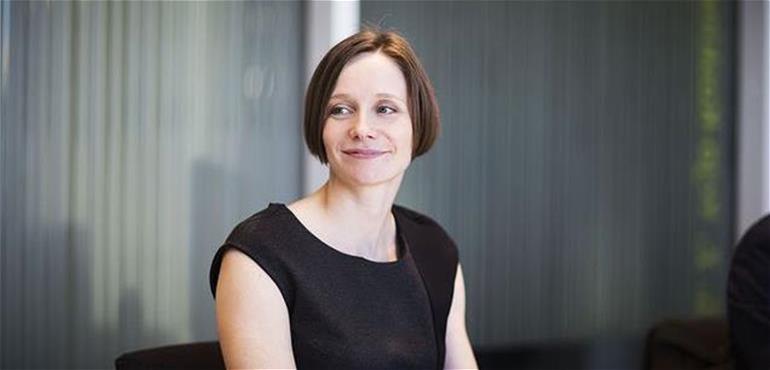
Programmatic ad buying is changing online advertising
Using Google Adwords and Facebook self serving tools are familiar to many companies involved in advertising. Programmatic ad buying is becoming more common in Finnish media, and is already widespread in many countries.
Traditional ad sales efforts require a number of manual phases that must be handled by digital ad operations professionals. Programmatic buying is an umbrella term for selling and buying digital media space where the number of manual phases is minimised or completely eliminated; the purchases are carried out through various types of online tools. The buyer can use these tools to enter the specifications into the system to define factors such as where the ads are shown and their price.
“Data can only be fully utilised in a programmatic buying environment,” says Johanna Vartiainen.
There are many ways to apply programmatic ad buying. The real-time bidding (RTB) and the automated guaranteed models are examples of programmatic ad buying. The RTB enables the buying of digital advertising through open or private auctions, while guaranteed inventory is more like traditional buying, as the buyer can reserve a predefined number of impressions in the publisher’s inventory.
“The RTB model is the currently used, and the automated guaranteed model is still really in the development stage,” says Johanna Vartiainen, Director at Alma’s Digital Ad Operations and Development unit.
This year has seen a considerable growth in the programmatic ad buying in Finland. The trend started in the United States, where systems were designed and set up as early as last decade. In Finland, programmatic ad buying really caught on in 2014, and it has been estimated that its share of all digital marketing will increase to more than 50 percent over the next few years.
Many advantages
Vartiainen finds programmatic ad buying advantageous in many respects. For example, data can only be fully utilised in a programmatic buying environment.
“To be able to manage your ads and campaigns allows you to optimise the campaigns in real time and to allocate your budgets, and it speeds up the entire purchase process. It also makes easier to target to different audiences with data. All this results in a better rate of return for marketing investments,” Vartiainen explains.
From the consumer point of view the use of online tools and data will mean more relevant ads: the ads shown on the screen will be more likely to interest the viewer.
“Targeting – and retargeting, in particular – of ads is still in its infancy. People talk about retargeting burnout: it is not beneficial to either party to carry out marketing efforts for products or services that the consumer may already have purchased. A smart approach is required here in order to identify customers and target them with the right kind of ads,” says Vartiainen.
Will jobs be lost?
Even if marketing becomes more automated in the future, human skills will still be required. Getting rid of a number of manual, sometimes even monotonous phases will allow employees to focus on more productive work, and skilled people will be needed for training employees in the new technologies.

Vartiainen reminds that there will still be demand for professional people in future.
“The human brain is smarter than any algorithm so there will still be demand for professional people in future,” says Vartiainen.
When a buyer is met by a digital system instead of a human being, the buyer needs to be savvier than before. The number of ad frauds is growing, and there is a wide range of non-brand safety websites where publishing an ad could be harmful to a brand.
“Trustworthy partners are becoming more important than ever. Transparency means reliability even in the programmatic buying model as advertisers know exactly where their ads will be published,” says Vartiainen.
We can expect to see an increase in programmatic ad buying as well as developments in its methods. Vartiainen says that there are advertisers around the world that are investing in setting up systems to deal with programmatic buying either partly or completely in-house. The model will also be applied in television, radio and outdoor advertising, and even printed media will take a step towards a more automated ordering process.